By: Kevin Lyons
July Caddisfly Hatches, Behaviors, and Patterns
The White Miller Caddis from June are still present for the first couple of weeks. A light colored #18 caddis (iris, x-caddis or blooms caddis) will get you in the game.
Sometime around the first week of July a cinnamon-colored caddis, called the Long-Horned Sedge (Oecetis sp.), begins to emerge. They’re about 9mm in length and have really long antennae (hence the name). They typically hatch midmorning when the water temperature is around 63 degrees. The mating swarms occur early in the evening, about 6 pm.
Like most aquatic insects the hatch will come earlier and the mating behavior will be later as the air temperature rises. During the hatch any #16 cinnamon emerging caddis pattern should work. An X-Caddis or Corn-fed Caddis have been productive for me. Oddly, I’ve used the classic Elk Hair Caddis all over the country with success but for some reason the Missouri River trout aren’t that interested.
Long-Horned Sedges are also case makers and frequently release themselves into the current to float freely in search of better feeding opportunities. This activity is known as “behavioral drift”. It’s not something we get to witness because it occurs under water, but I guarantee you the trout view it like the “HOT NOW” sign at a Krispy Kreme. A #16 gold or purple Bloom’s Weight Fly dead drifted in June, July or August can be remarkably effective.
During the second or third week of July, another caddis called the Little Sister Sedge (cheumatopsyche sp.) makes an appearance. These bugs are really small (5mm) and dark and there are lots of them. I haven’t observed them emerging, so I suspect it happens at night. If you’re on the river late in the evening, you’ll certainly see their mating swarms. A #20 dark olive Iris Caddis or Blooms Caddis should work great… If you can see them. To be completely honest—because they’re so small and dark and because of the times they are available to the trout—they’re a royal pain to see and fish. Mostly, I stick with the White Miller, Long-horned Sedge or Spotted Sedge Patterns and hope for the best.
The older my eyes get, the more fondness I have for lighter colored patterns. That said, one way that folks without young eyes can fish this hatch is by swinging a #20 soft-hackle through feeding fish. You don’t have to see anything; just feel for the eat. I tie my own soft-hackles using starling and peacock herl but I suspect that a #20 Baetis soft-hackle would work just as well.
Pale Evening Duns on the Missouri River
Also, around the first week of July a new mayfly shows up on the river. Pale Evening Duns (PED) begin their yearly emergence when the water temperature reaches approximately 65 degrees Fahrenheit. Though their name might suggest otherwise, I’ve found them hatching from late morning through late evening. They look a lot like the Pale Morning Duns (PMDs) of June, just in different sizes and slight color variations. PMDs and PEDs also occupy different parts of the river. Whereas PMDs are crawler mayflies and prefer slower water and riffles, PEDs are clingers and are designed to live in the fastest flows. Look for them downstream of the few fast water sections the Mo has; they’re not as numerous as the PMDs nor are the hatches as predictable day to day.
I’ve captured three varieties of PEDs on the Missouri. I could take a guess at the species but it wouldn’t make a bit of difference to the trout. Like the PMDs, they’re all light colored, and that means most of the same flies will work.
While we’re on the subject of color, you’ll find there’s a general rule: the hotter the weather when a mayfly emerges, the lighter the color will be. The same applies in reverse; the colder the weather, the darker its color. When mayflies emerge from their nymphal shucks, they lose the ability to eat or drink. So, when a PED hatches in late July and it’s 95 degrees, its main concern, other than breeding, is to not be completely dried out by the sun. The light coloration helps with this by reflecting the sun’s rays, keeping the bug as cool as possible. On the other hand, when a baetis nymph emerges in April to 35 degrees and light drizzle, the darker coloration absorbs more heat and allows it to complete its life cycle. Amazing how nature works.
Back to our Missouri PED species. The three I’ve found are all pale yellow to pale yellow-olive. They all have the same broad flat head with eyes on top that is characteristic of their nymphal form. All PEDs have two tails which is an easy way to distinguish them from the PMDs that have three. The varieties I’ve collected were 9 mm, 7.5 mm and 11.5 mm long, corresponding with size 16, 18 and 12 hooks. The same flies I use for PMDs (Quigley’s Cripple, Snow Shoe Emerger, Last Chance Cripple and a PMD soft-hackle) have worked well for me in the appropriate sizes. The Rusty Spinner, however, hasn’t gotten much love. The PED spinners retain their light yellowish color and generally the trout want to see that. I haven’t had much success fishing the nymphs prior to the hatch. PEDs migrate towards shore to emerge, and their bodies are so well adapted to cling to the bottom that I don’t believe they end up in the drift very often.
Fly Fishing the Brown Drake Hatch
At the very end of June or the beginning of July, Brown Drakes (ephemera simulans) begin hatching. They are one of our largest mayflies at about 18 mm. They’re a burrowing mayfly, so look for them in slower water with a silty or sandy bottom. They hatch right at dark, and the spinner flights occur at about the same time. In most places on the Missouri, the hatch is notoriously hard to predict. You can find yourself standing in the river in perfect brown drake habitat at 10:30 pm, and the emergence completely fizzles. If you don’t have a very understanding or fly-fishing spouse, that can be a little hard to explain.

Fortunately, where my wife and I live on the river, the hatch is remarkably reliable. We spend almost every late evening during the first 10 days of July catching trout rising to Brown Drake duns from our front yard. At our age, it’s about the only thing that will keep us awake past 9 pm.
During any hatch, if a large fish is going to feed on the surface, it will usually move into the shallows. It would make no sense for a 24-inch brown to rise through 6 feet of moving water to take a size 24 mayfly. It would expend more calories than it would take in. That logic doesn’t apply during the Brown Drake hatch. The bugs are huge, so trout will rise all over the river to slurp in such a substantial meal, opening up a whole new world for dry fly fishermen. I’ve also found the trout aren’t very selective to specific patterns for the Brown Drake. Their eagerness to feed probably stems from finding such a large mayfly on the menu. Also, it’s almost dark, so they probably feel a little more secure than during the bright of day.
My wife and I tend to fish a #10 Brown Drake Parachute. It sounds a little counter intuitive because we’re fishing so late, but, if you tie your own or can find them in a fly shop, a parachute tied with a bushy black post stands out better against the late-night glare. It’s a little easier for both of us to see. We’ve also had some success with a #10 Brown Drake CDC Biot Cripple and a #10 Soft-hackle. I’ve never tried the nymph. When there are huge dries on the water, who wants to do that? If you do try the nymph, they’re strong swimmers, so don’t be afraid to give your presentation a little action.
Late July Means Tricos on the Missouri
After the second or third week of July, a new mayfly genus, Tricos (tricorythodes sp.), begin to emerge and continue to do so for 6-7 weeks. Tricos are the smallest mayfly of the year but hatch in such remarkable numbers that they are a major food source for the trout.
The males emerge late in the evening and the females early in the morning. Tricos are a size 24 (3.3 mm), which is tiny. The males are black, and the females are olive. Most fly fishers don’t focus on the emergence, but they should. When the females begin hatching at dawn the fish enthusiastically rise to them. Being on the river at 4:30 or 5:00 am requires a pretty early get-up, but to me it’s worth it. Freely rising trout in the still of a summer morning with the river mostly to myself? That’s the stuff of dreams.
While the emergence doesn’t draw much attention, the spinner falls are epic. Around 8:00 each morning, you’ll begin to see huge mating swarms over the river. If the wind is more than 10 mph, it will suppress the behavior. If all goes well, the spinner fall will begin around 9:00 am and last an hour or two. The black males will fall first. About 45 minutes later, the olive females will lay their eggs and die on the surface as well. It seems remarkable to me for such a tiny bug, but I’ve seen the fish become selective to each sex. If I’m fishing a single spinner imitation, I’ll start with a male, keep an eye on the water, and, when I start seeing females, I’ll switch. Most people will probably think that’s a bit overkill, but it works for me a lot.
The spinners fall in such numbers that the fish will feed on them into the early afternoon. In the eddies, trout will continue to rise to the dead tricos for the rest of the day. Fishing a single #24 Trico Spinner can be a challenge. Fortunately, the spinners are on the water so densely, they form clumps of dead bugs, and a #14-16 Midge Cluster dry fly works great. There are no commercially available nymph patterns that I’m aware of.
On early mornings in late July and August, I awaken each day to find tricos covering our house. They’ll anchor themselves to whatever they land on and go through their second molt. They transform from duns to spinners to reach sexual maturity. I took this video early one morning of a tiny female:
There’s a few things I find interesting here. First, how quickly molting happens. The whole process took less than a minute. The males take about 4 minutes because they have to extract their long tails from the shuck. I’ve previously mentioned the problem mayflies have with drying out due to exposure to sunlight. Tricos have adapted by completing their adult life cycle in a few hours rather than the 2 days that is typical for most mayflies.
Second, at about the 20 second point of the video, her wings are pulled free. The initial movement is down against our deck to help pull out the rest of the body. I have to believe that the mechanics are pretty close to the same when the trico initially emerges from its nymphal shuck. The trout must see this. It could become key when they’re feeding on the emergers. I’ve fished Mike Mercer’s Missing Link with its down wing profile through hatches and spinner falls and have done equally well, but not with tricos. Tying that pattern in size 24 would be a nightmare. However, a general down wing pattern in the appropriate size could be good. Something to try this summer.
Damselflies Start to Become Relevant in Late July
Damsel Flies can become important at the end of the month and throughout August. I’ve had success with these during the middle of hot days when not much else is going on. A #12-14 Olive Damsel Nymph drifted or stripped in short bursts around the many weed beds that grow in the Mo this time of year has been successful. A #10-12 Blue Adult Damsel fished dry over shallow areas has been effective as well.
Want More Field Notes from a Fly Fishing Entomologist?
The first 50 or so miles of the Missouri River represent one of Montana’s premier blue-ribbon tailwater fisheries. We’ve fished the Missouri during the peak of tourist season and on balmy, 40-degree December days; there’s action to be had no matter what time of year you’re visiting—assuming you know how to fish it.
This article is part of a monthly series by entomologist and returning guest writer Kevin Lyons. A former Airforce and commercial pilot, Kevin grew up fly fishing in the Great Smokey Mountains. He began documenting the bugs he saw while he was out fishing before he even knew their names, a habit that turned into a life-long passion. In 2013, he and his wife moved to Montana and Kevin proceeded to teach fly fishing, entomology, and fly tying at Great Falls College for the next decade. Now retired, he and his wife enjoy a view of the Missouri right outside their backdoor.
If you're interested in seeing more of Kevin's field notes, check out the article below:
What flies should you use on the Missouri River in June?
Keep an eye out next month for Kevin’s notes on fishing the Missouri in August. Questions? Comments? Additional ideas on some good patterns for fishing the Mo in July? Share them down below!


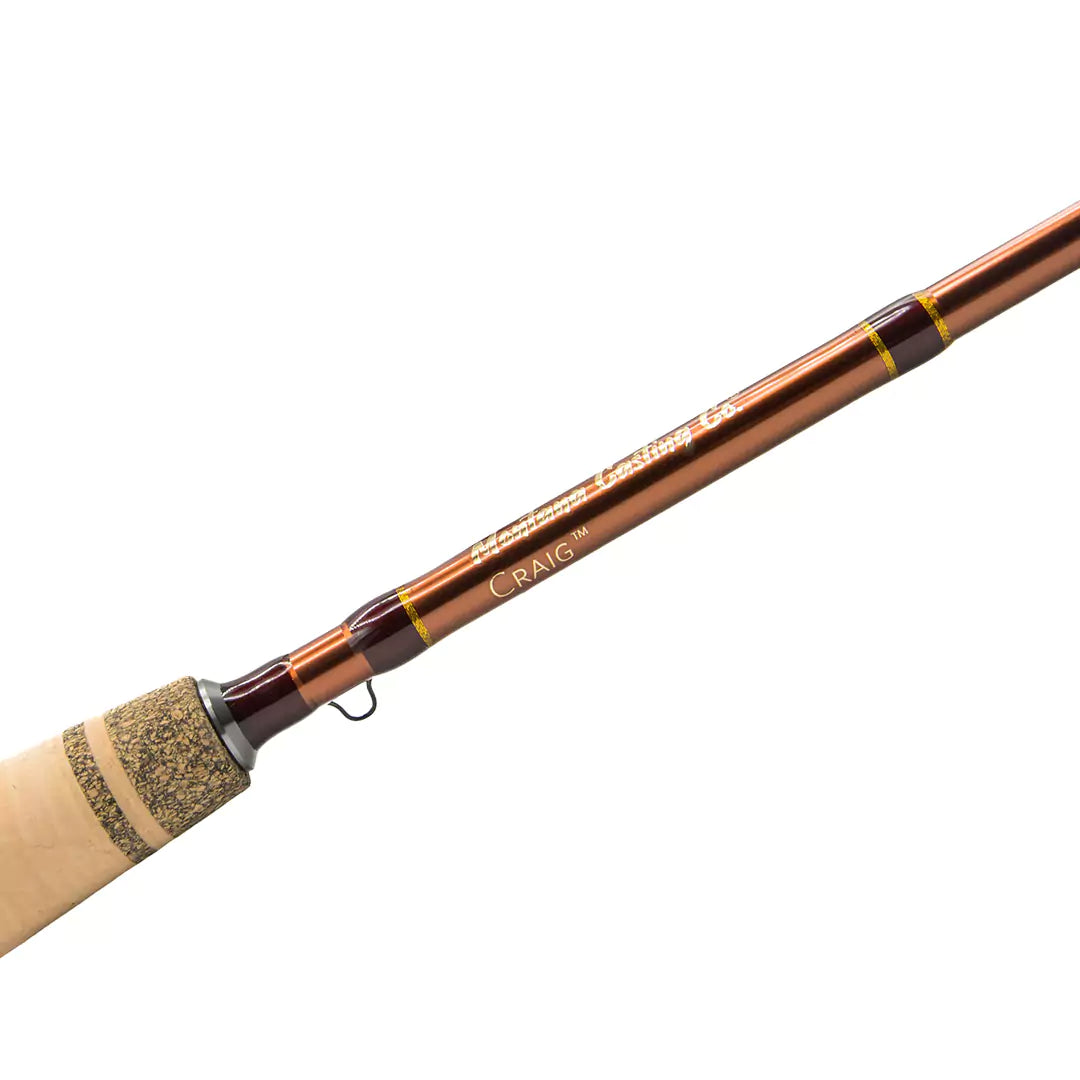



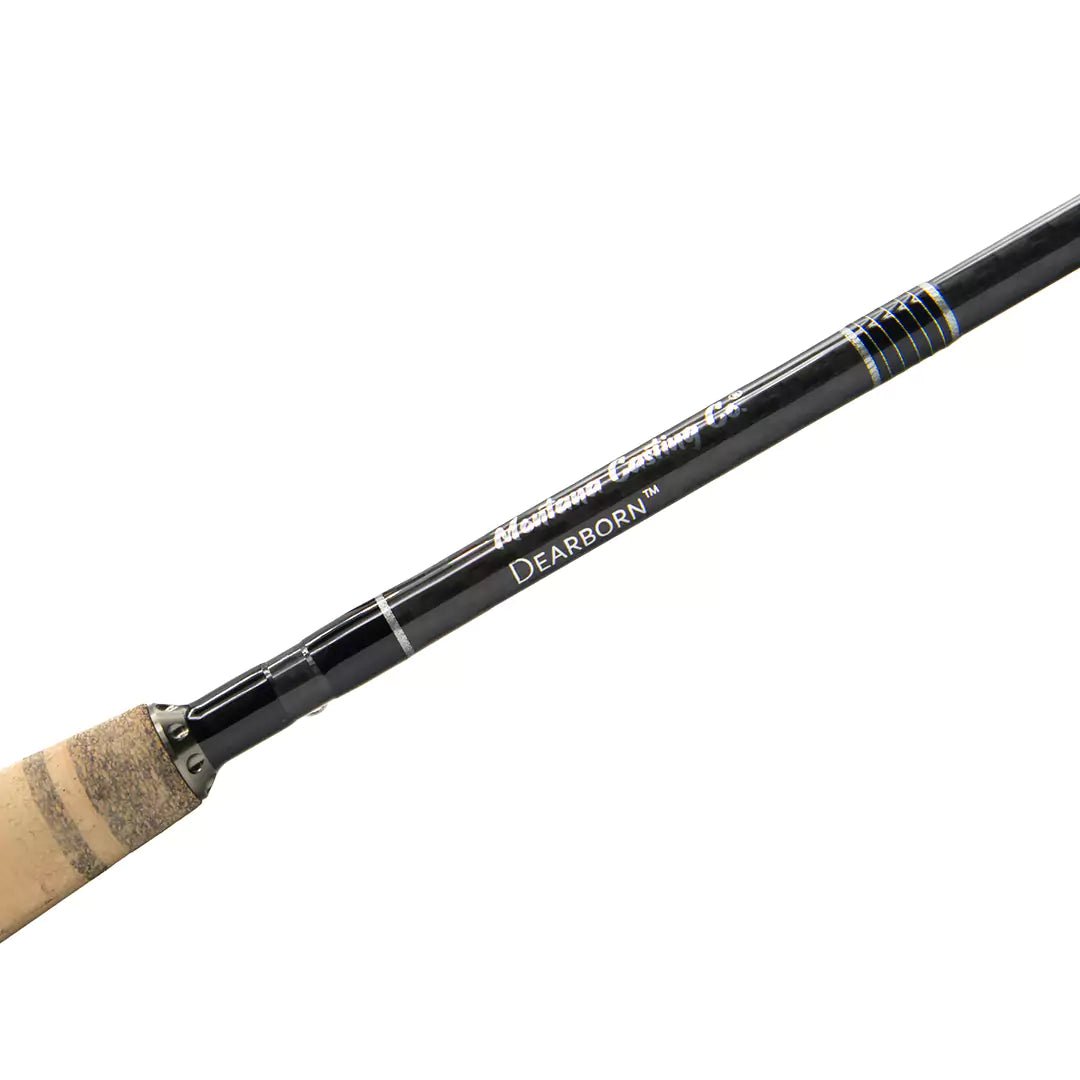
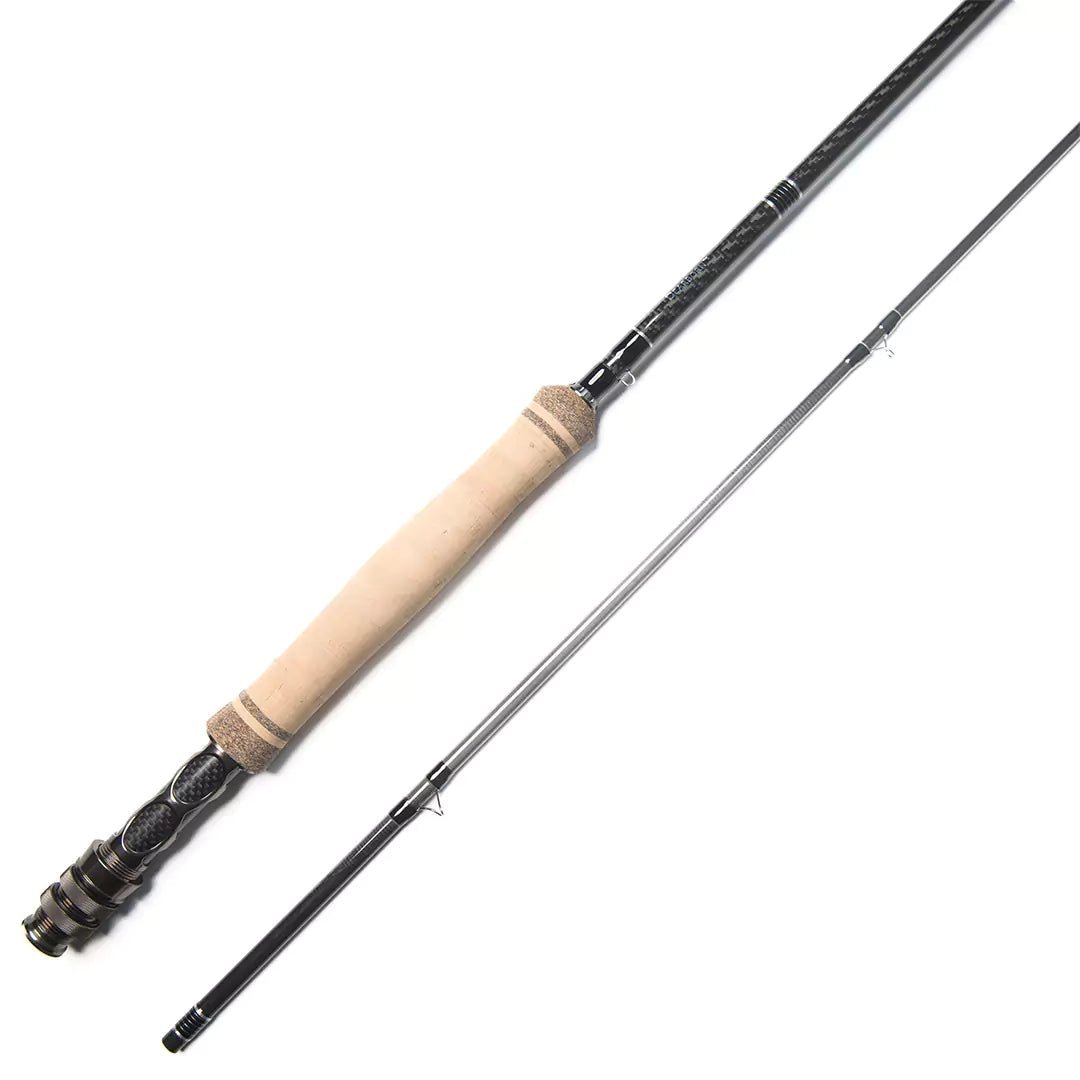
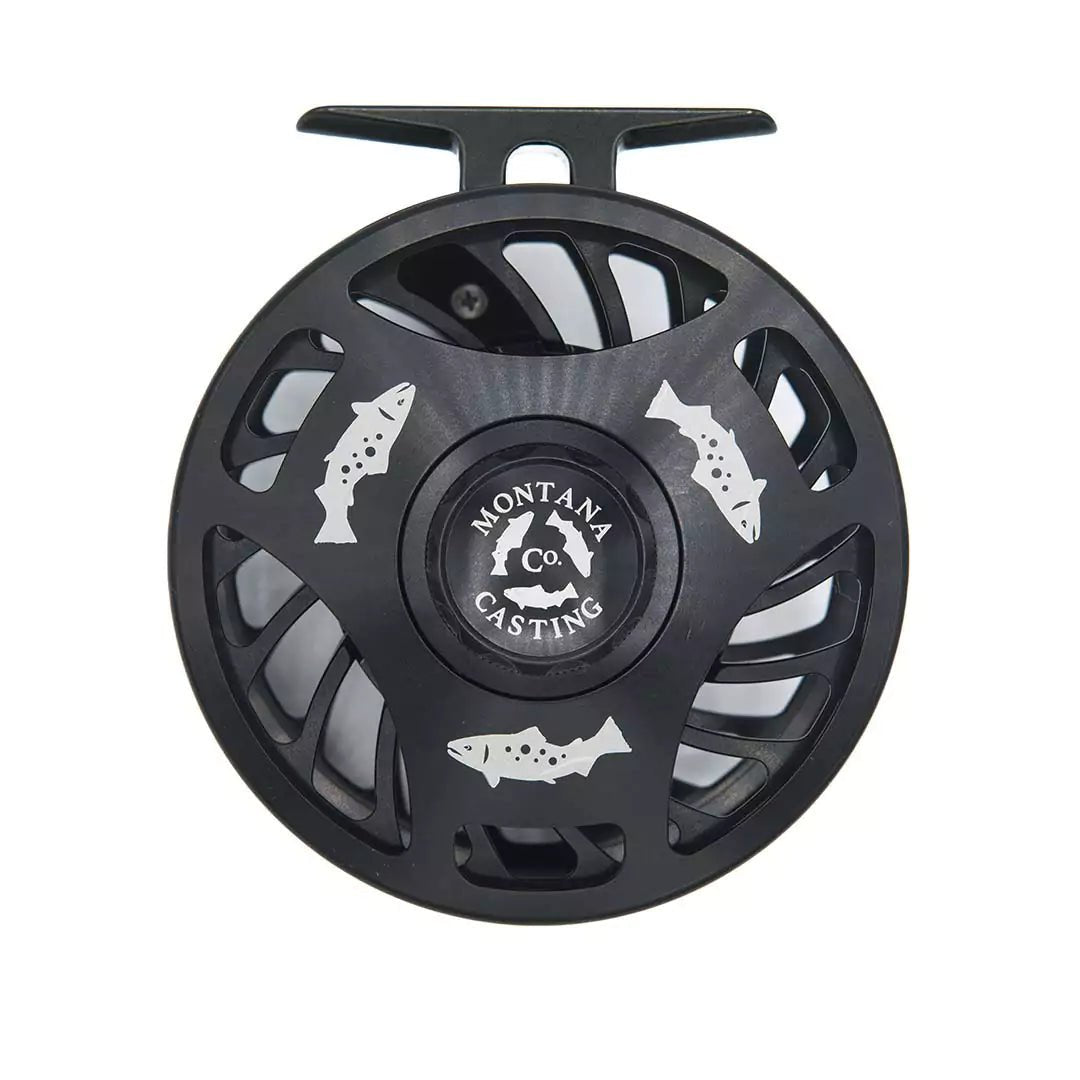
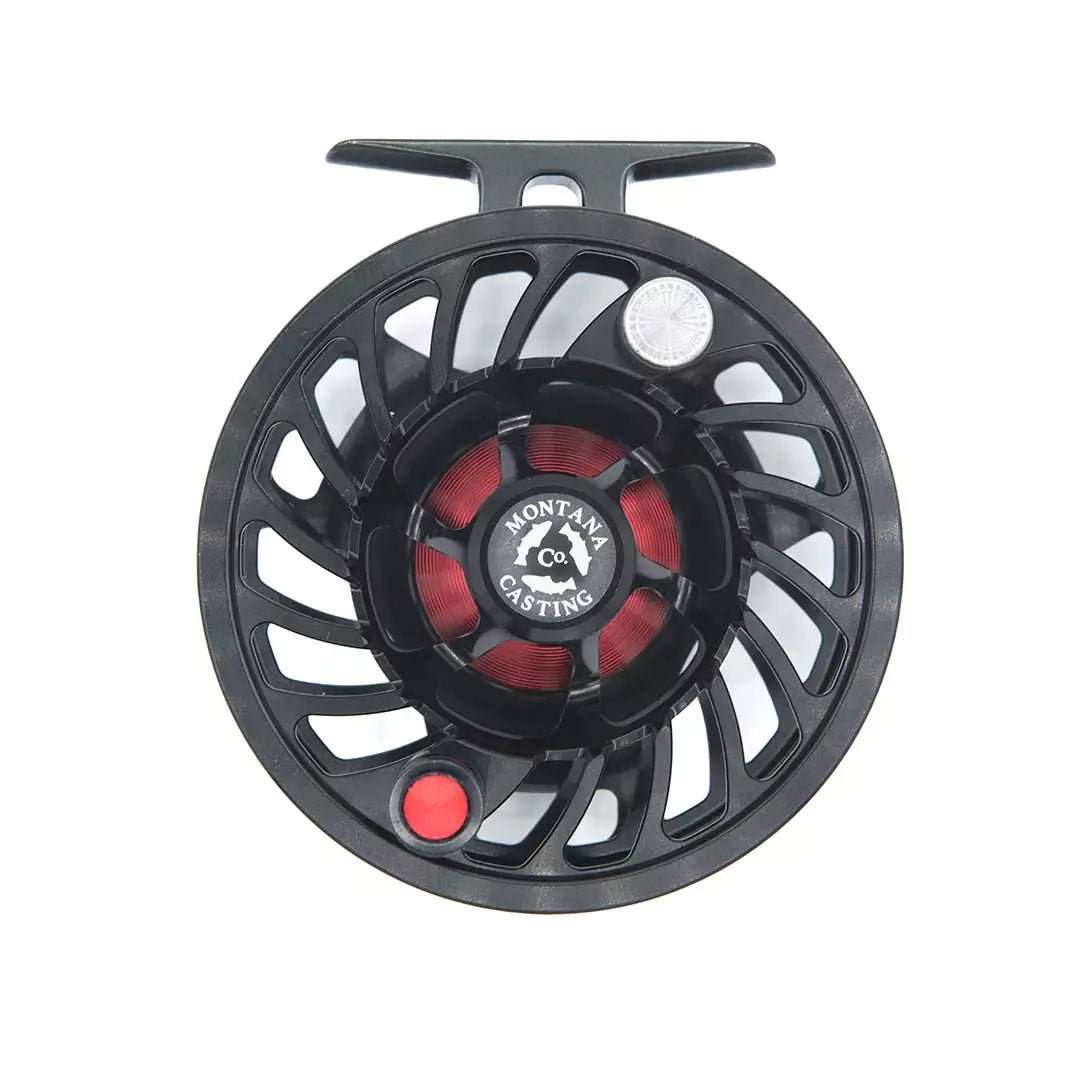
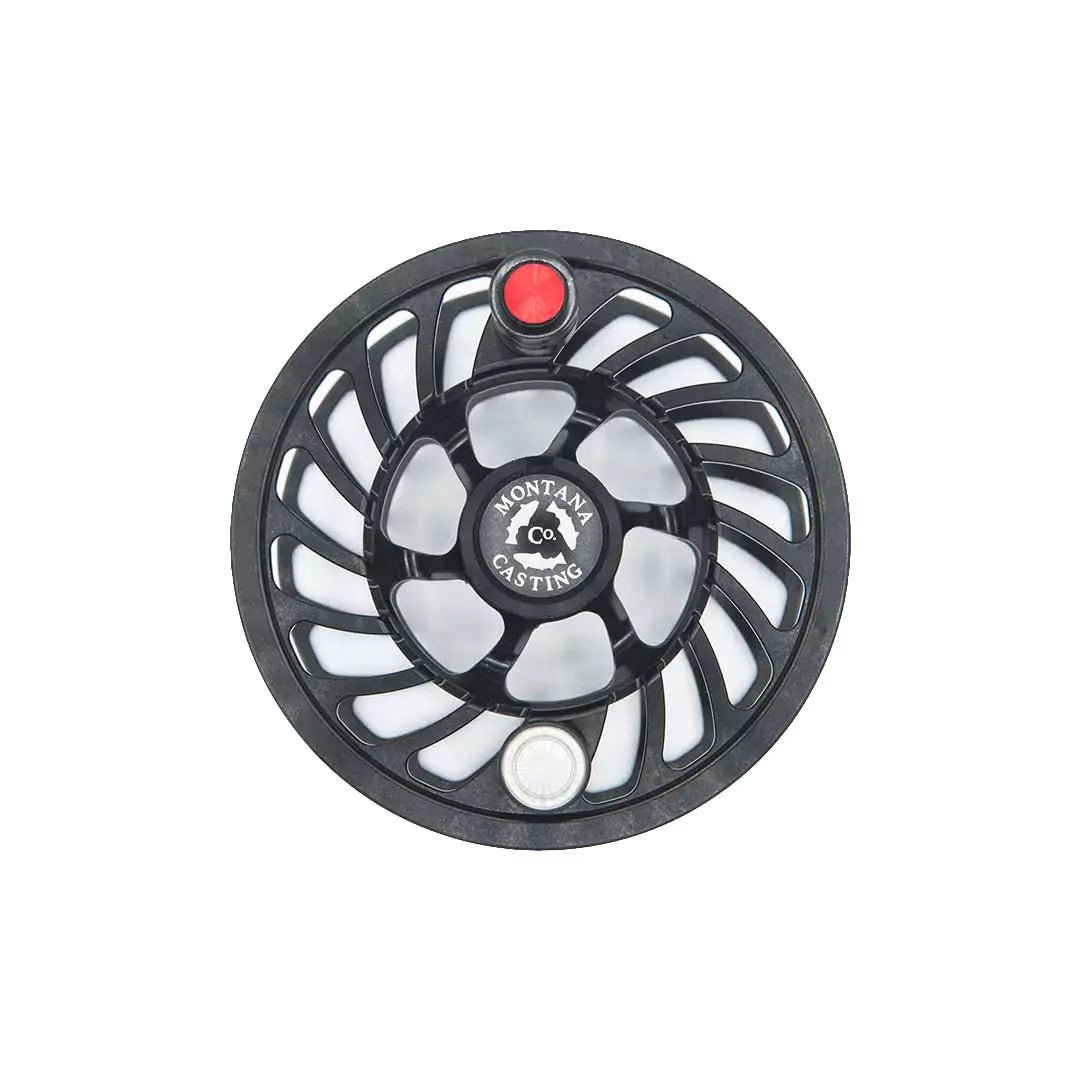
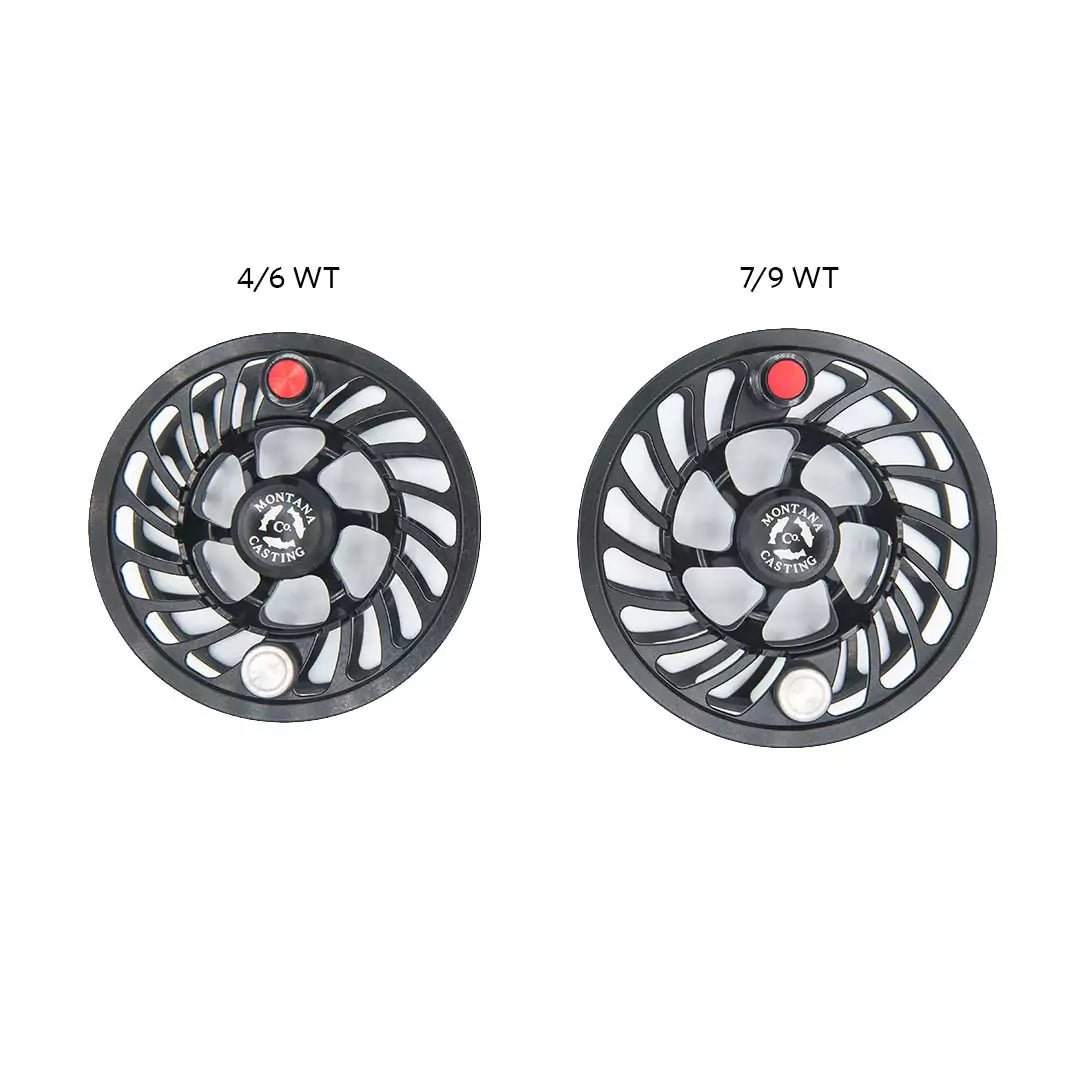



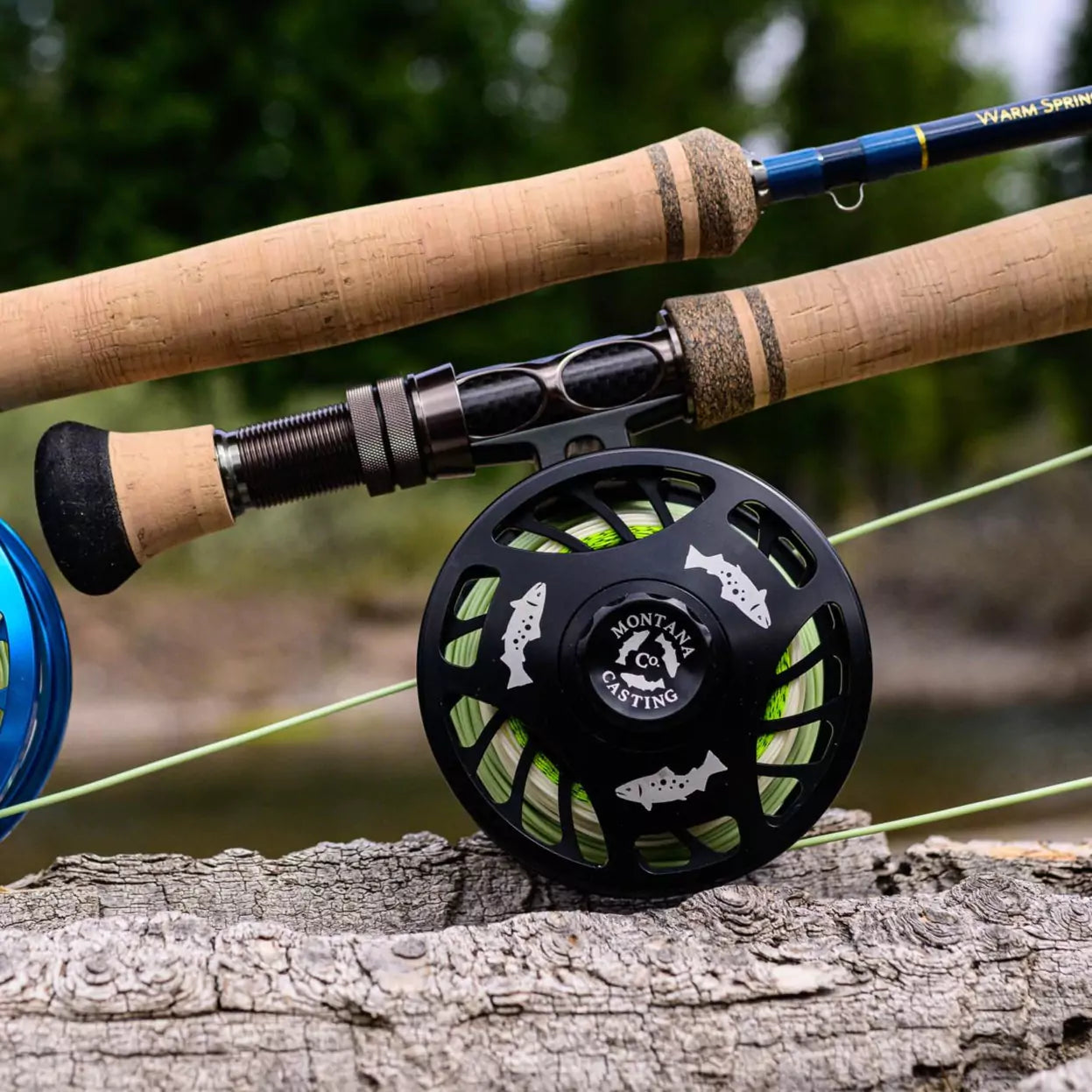


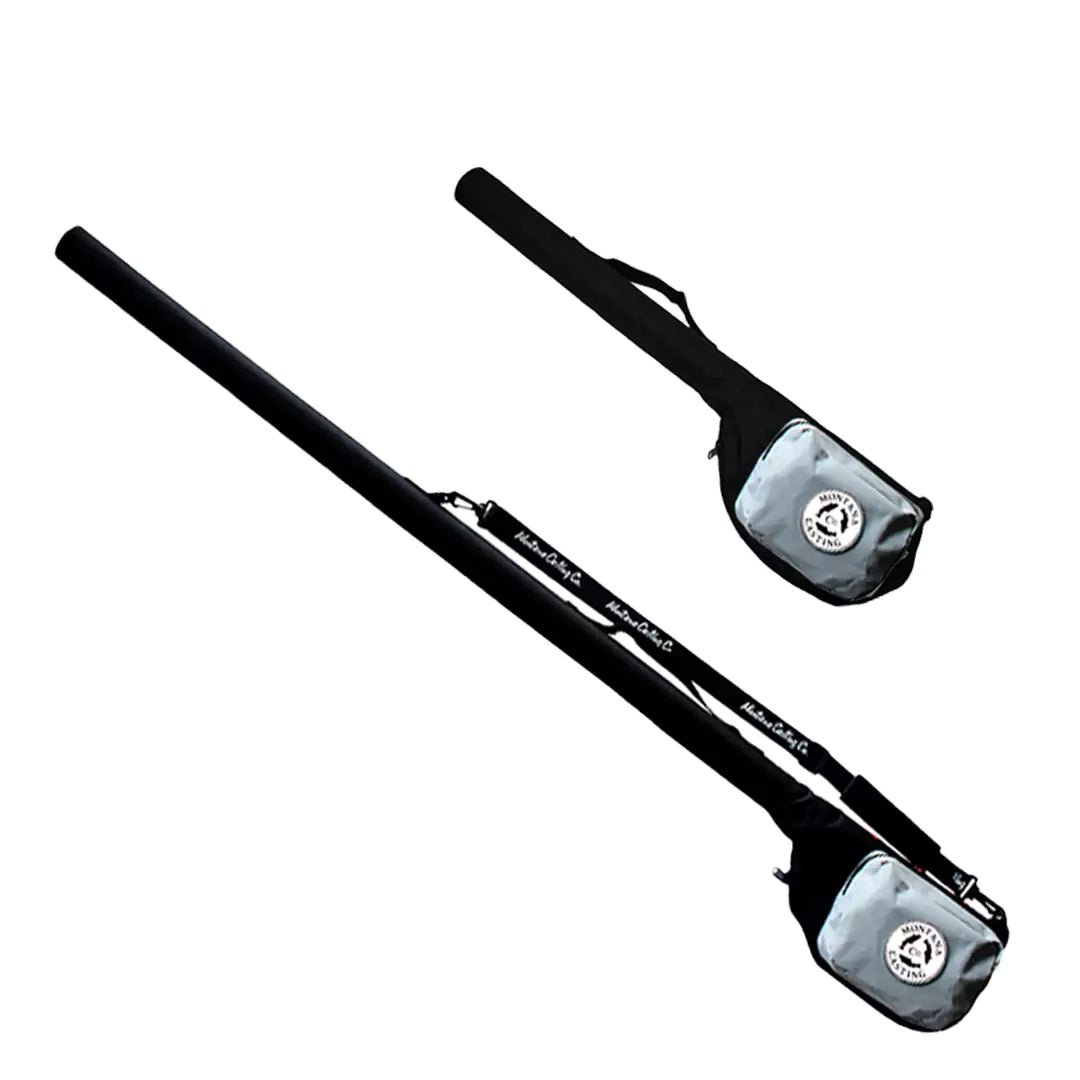
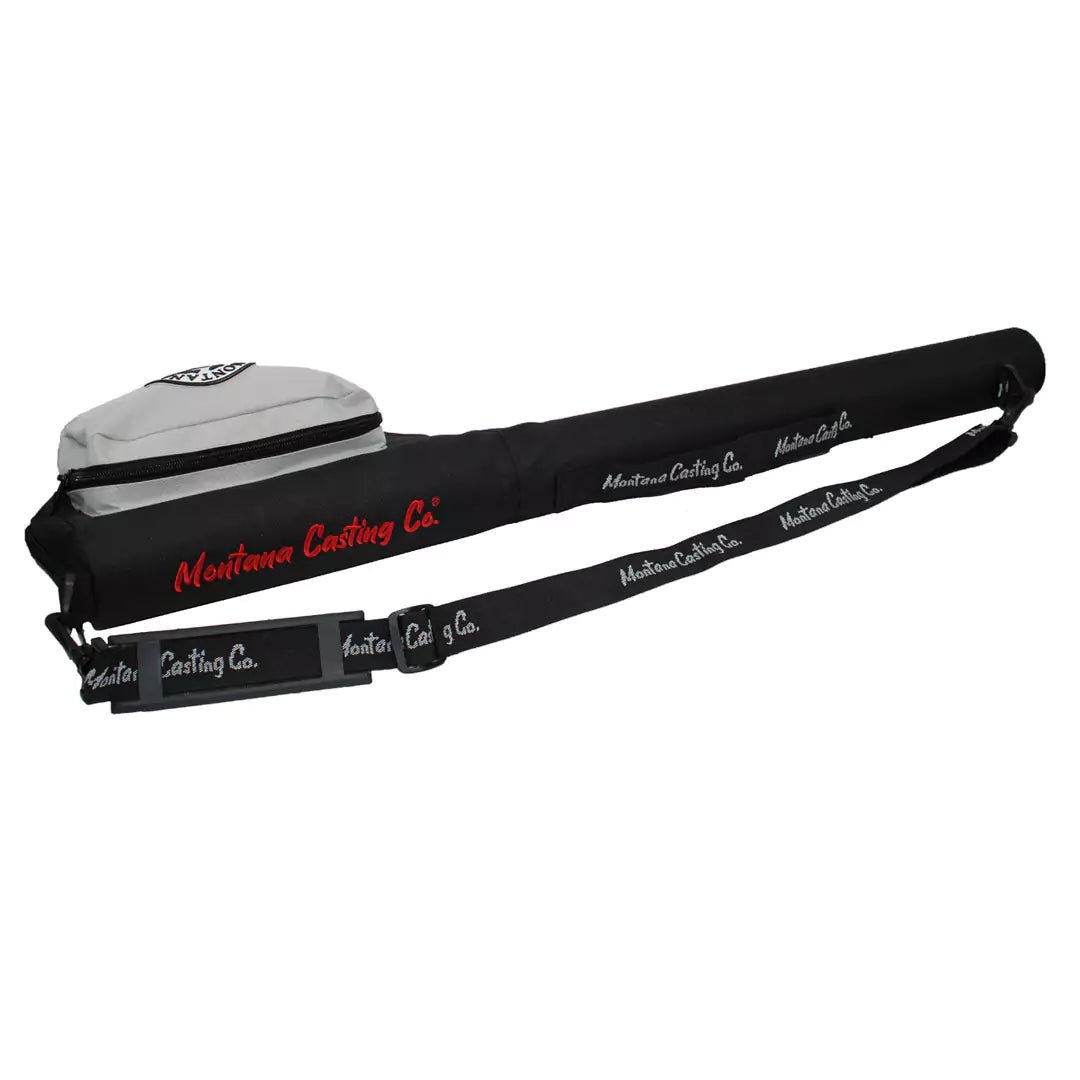





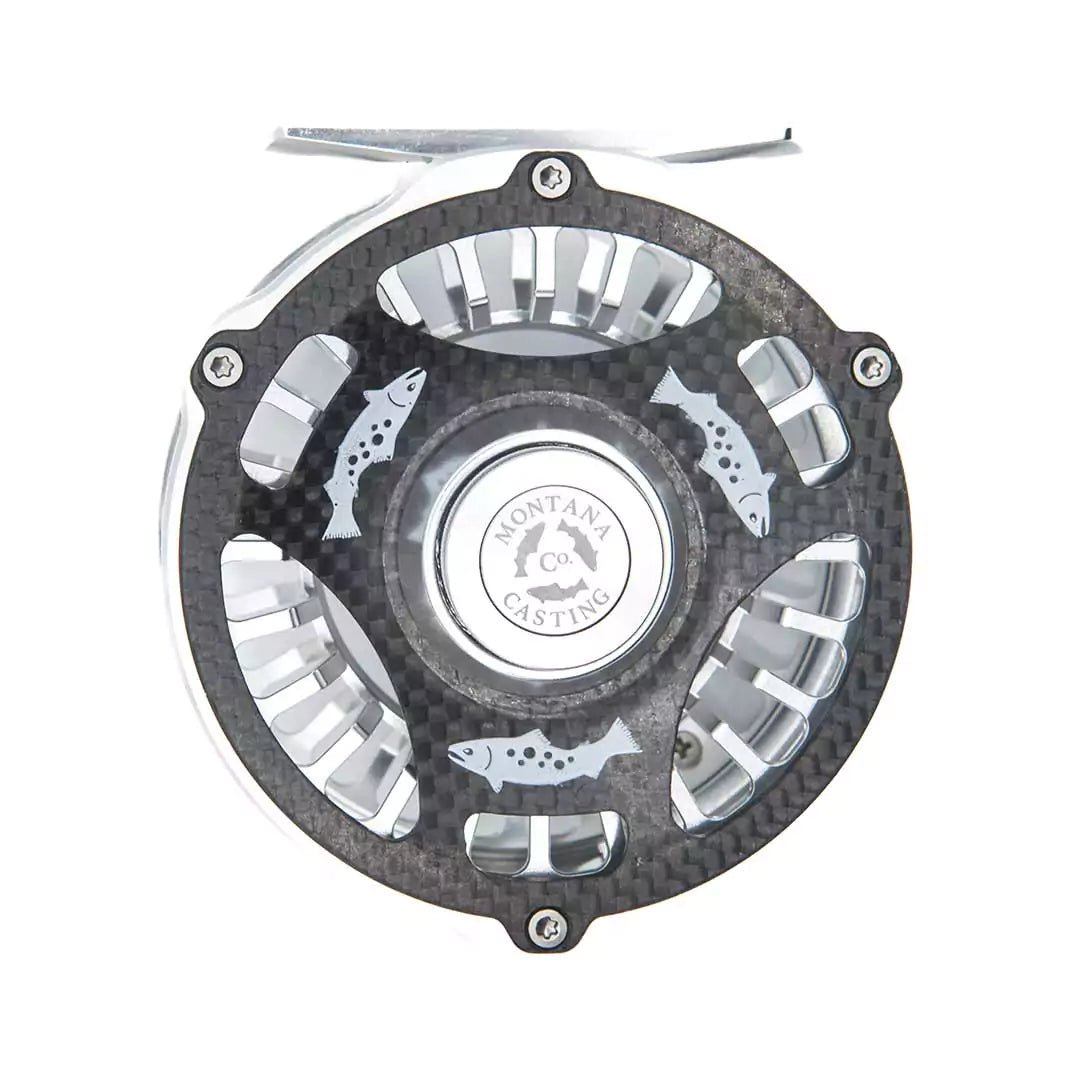
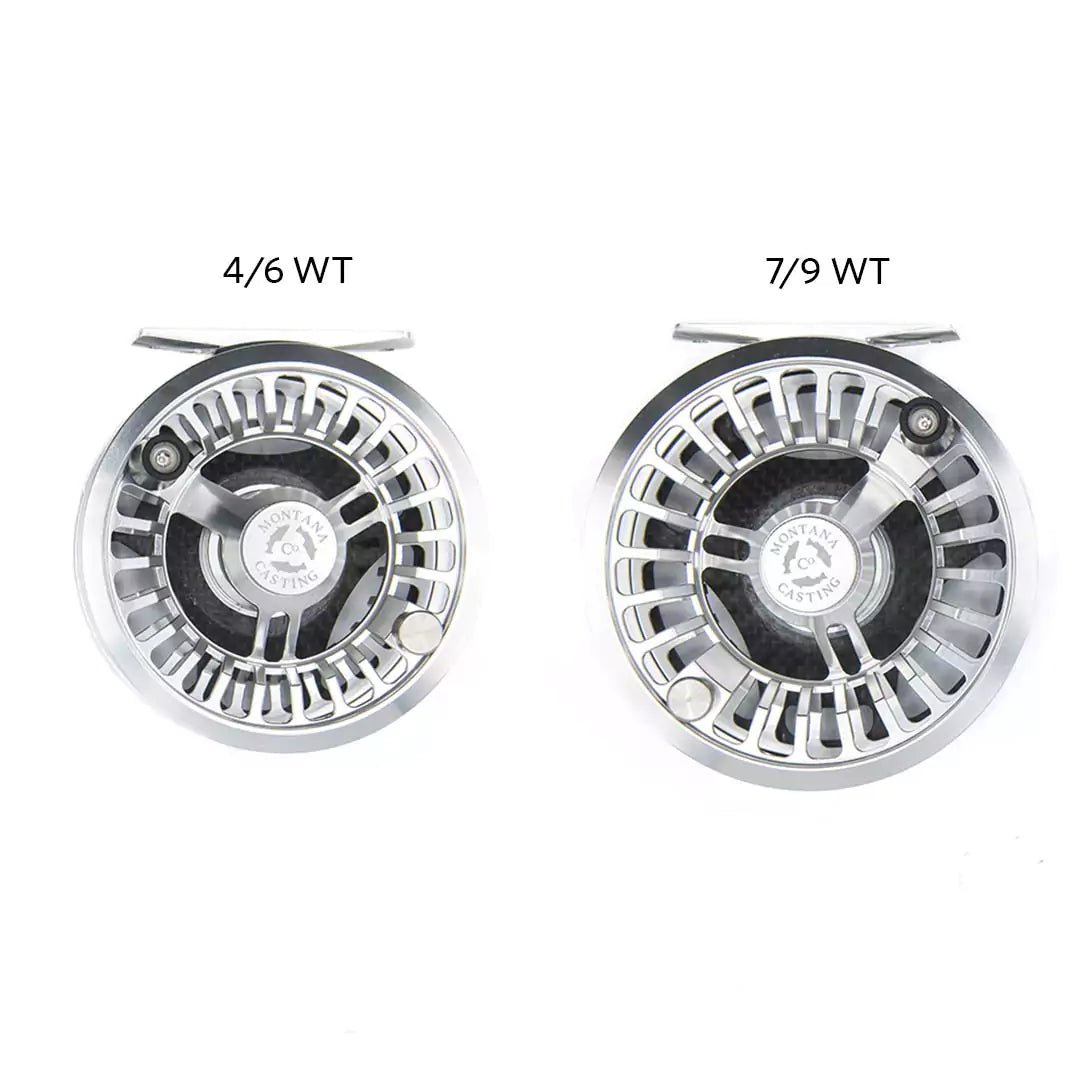



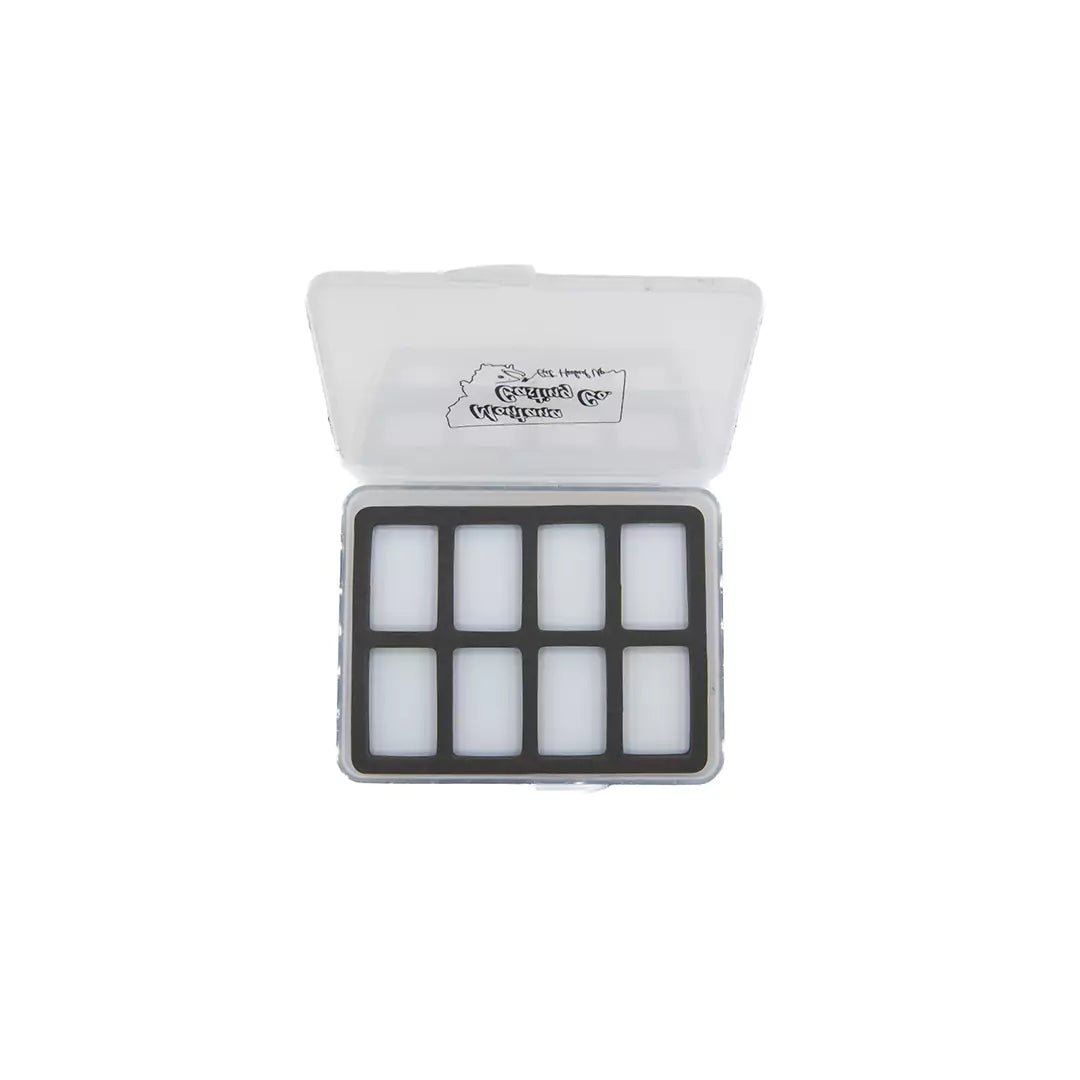

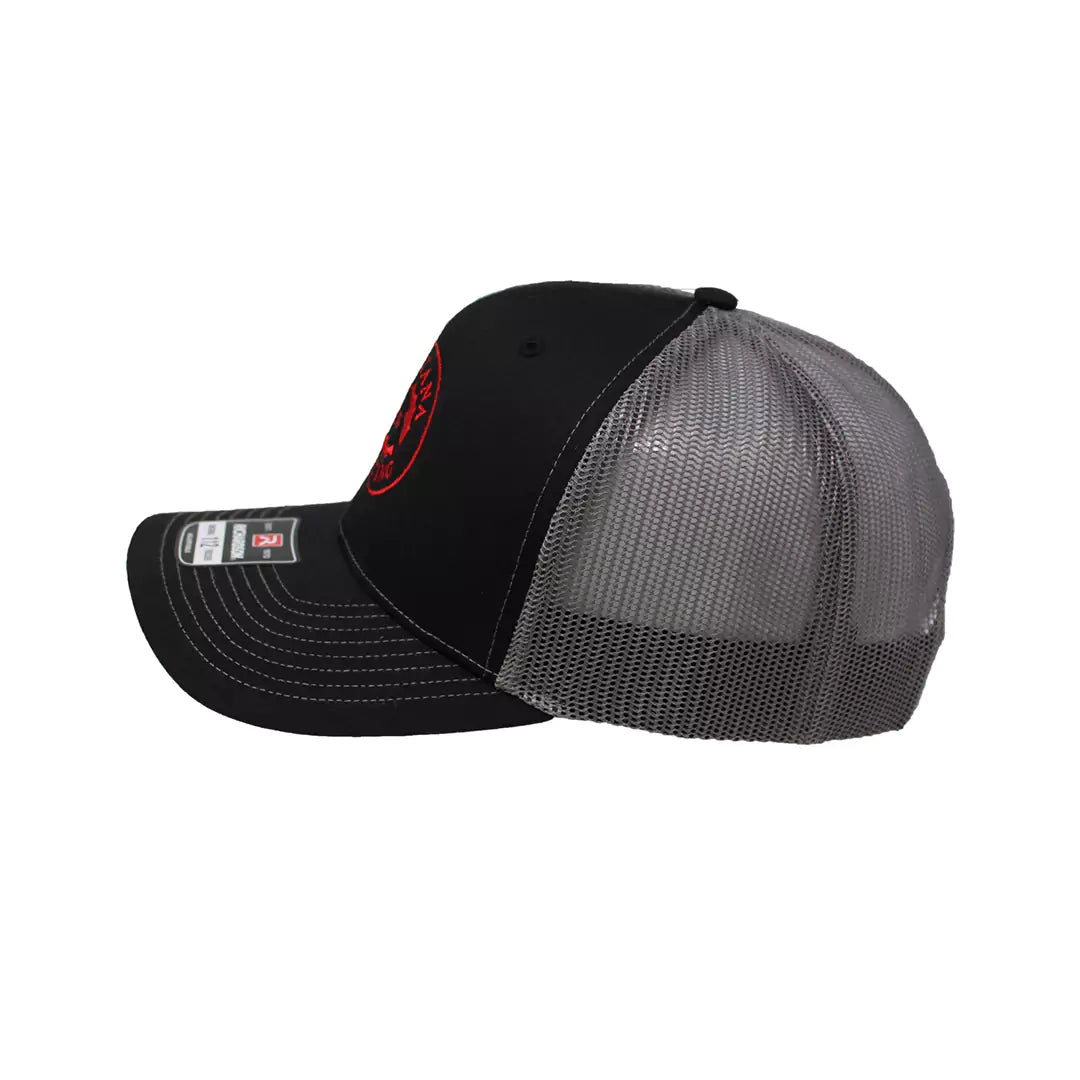
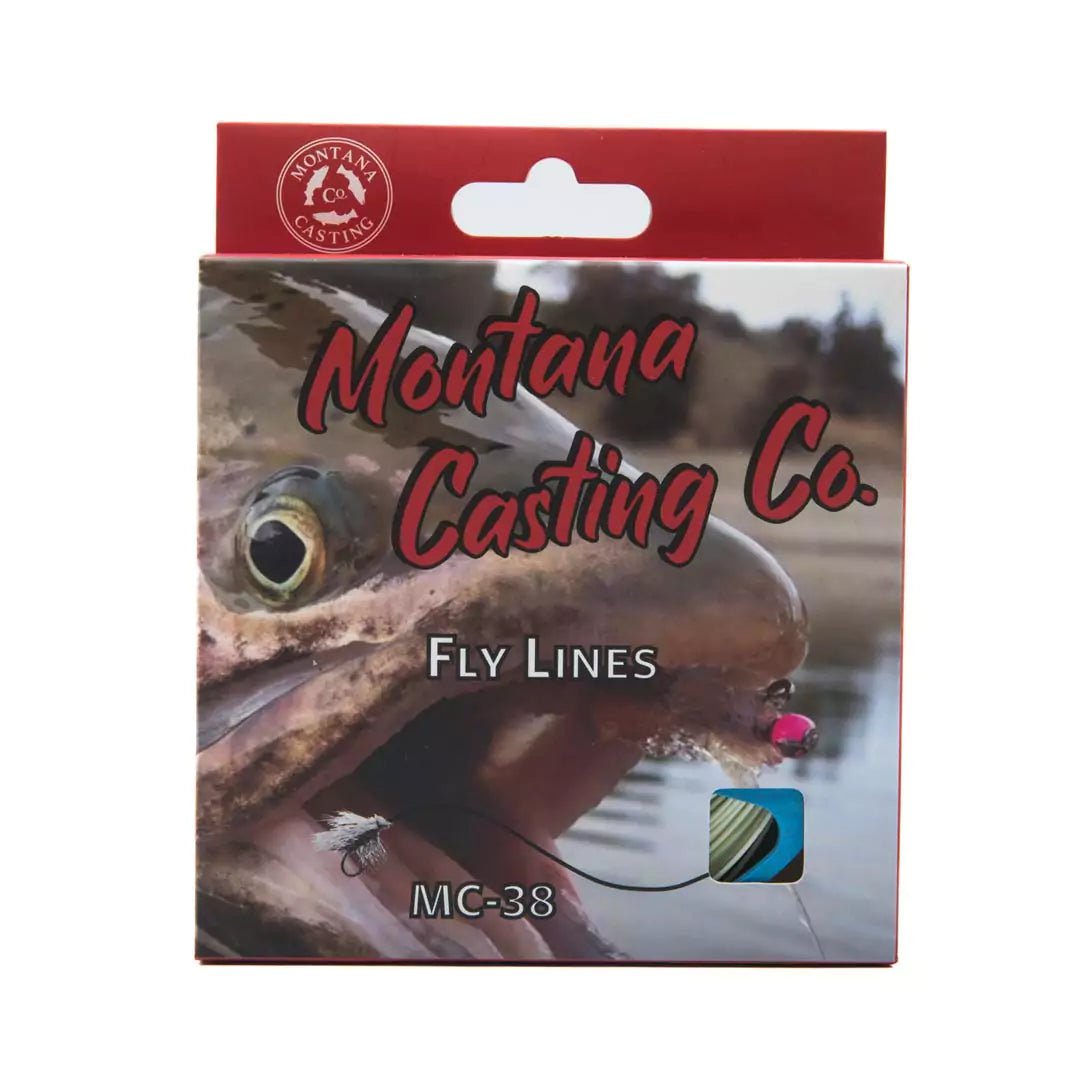

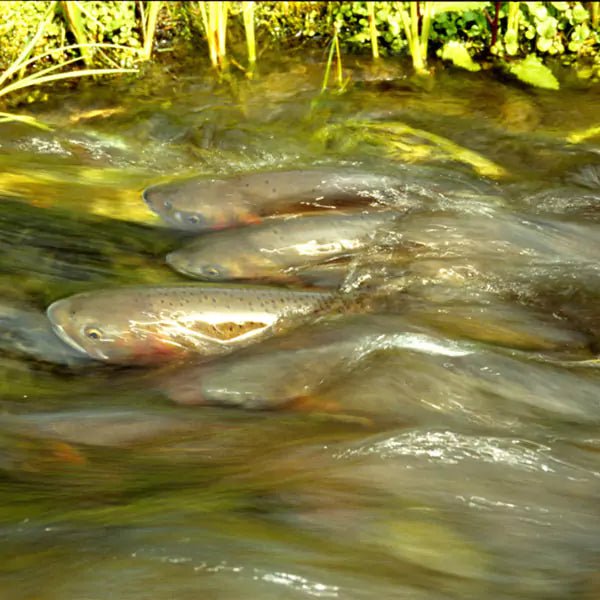
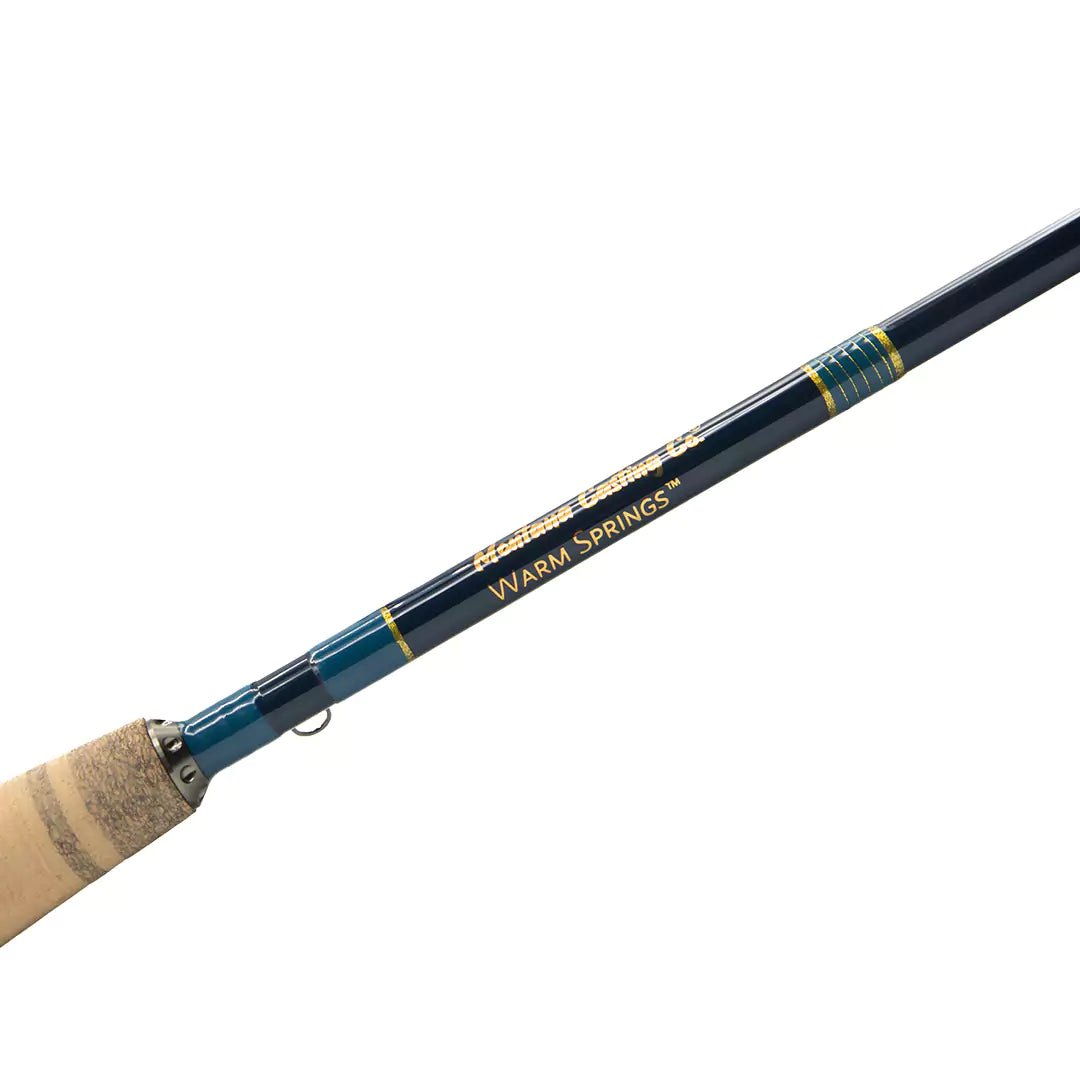
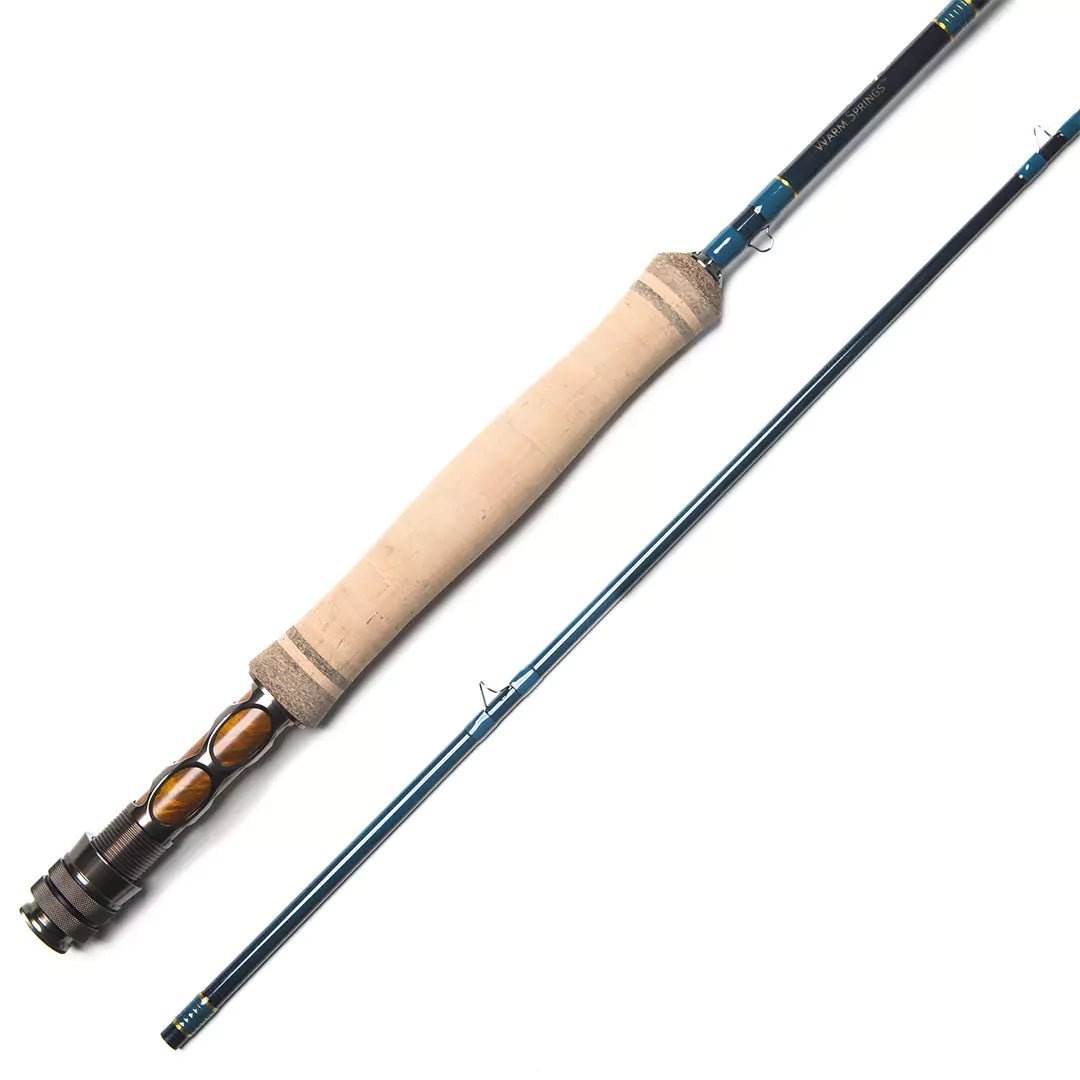
1 comment
Have fly fished all my life, that is the most comprehensive report on flies on any river have ever read.
Thanks